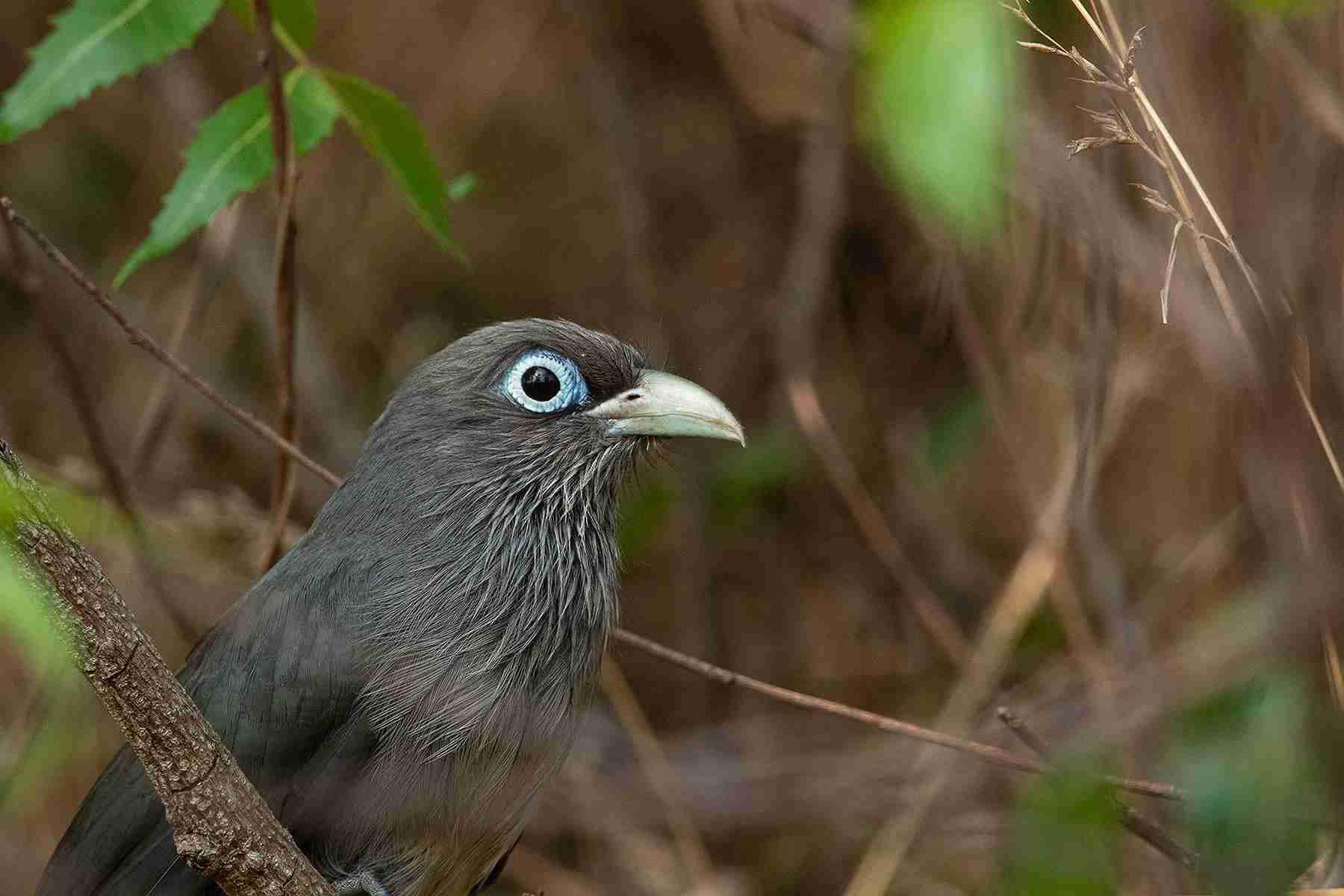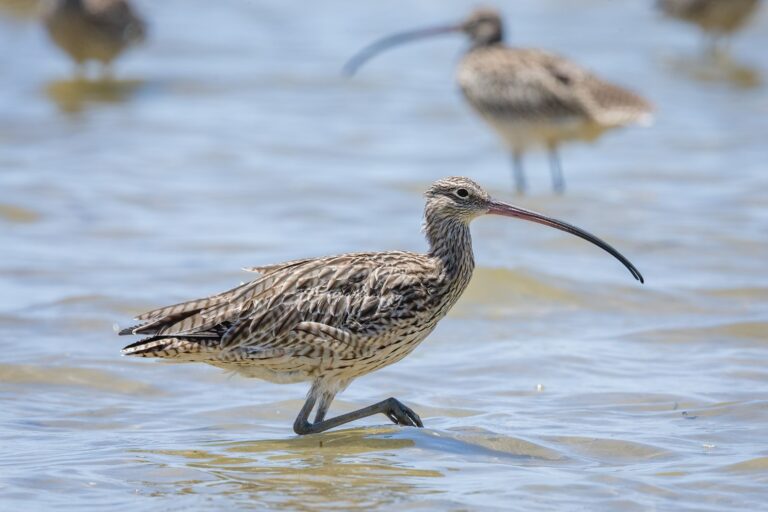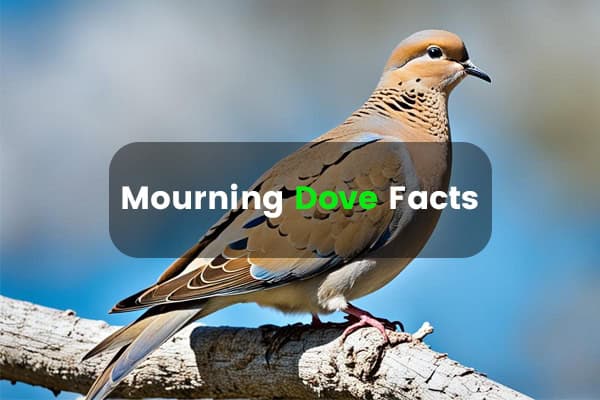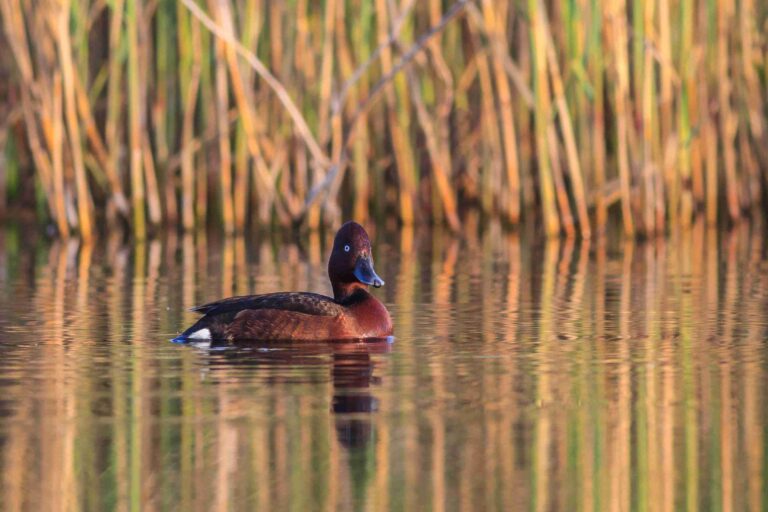Malkoha de cara azul
1. Nombre del ave
El nombre inglés del ave es Blue-faced Malkoha y su nombre científico (latín) es Phaenicophaeus viridirostris.
2. Aspecto
The Blue-faced Malkoha is a vibrant and striking species, characterized by its luxurious dark green feathers and eye-catching blue face. This bird has a long, curved beak, ideal for foraging, which is colored a light green along with its legs. Its eyes are bright red, standing out against its blue face. Notably, there are no significant physical differences between males and females; both sexes have the same coloration and size, making it difficult to differentiate between them.
3. Tamaño
La Malkoha cariazul adulta suele medir entre 38 y 41 cm (aproximadamente de 15 a 16 pulgadas). El peso de la Malkoha cariazul no suele estar documentado debido a su naturaleza escurridiza, pero se especula que ronda los 160-180 gramos.
4. Hábitat y distribución
La malkoha de cara azul es común en el sudeste asiático, sobre todo en Camboya, Laos, Tailandia y Vietnam, y también en la península malaya y Sumatra. Esta ave prefiere las selvas tropicales densas de tierras bajas y los bosques secundarios, donde a menudo se encuentra en la cubierta vegetal de piso bajo a medio.
5. Datos de interés
The Blue-faced Malkoha is one of the few bird species that exhibits “duetting”, where both the male and female participate in sequential or overlapping song patterns. Additionally, it has a unique style of flying known as “bounding flight”, characterized by rapid flapping followed by gliding with folded wings. Cultural significance in Asian cultures is found due to its colorful appearance, and it’s often featured in myths and folklore.
6. Dieta
Es omnívoro y su dieta se compone principalmente de insectos (sobre todo escarabajos y orugas), pequeños reptiles y bayas.
7. Comportamiento y sonidos
La llamada de la malkoha de cara azul se caracteriza por una serie de rápidos sonidos "kuk-kuk-kuk" que aumentan de volumen y luego se desvanecen lentamente. Tiene un vuelo saltarín y es en gran medida arborícola, pasando la mayor parte del tiempo en los árboles. Generalmente se le ve solo o en parejas, y a veces en pequeños grupos.
8. Estado de conservación
La Lista Roja de la UICN clasifica al Malkoha cariazul como de Preocupación Menor, lo que sugiere que actualmente no se enfrenta a ninguna amenaza importante de extinción.
9. Vida útil
The lifespan of a Blue-faced Malkoha is not well-documented due to a relative lack of study. However, based on other species in the cuckoo family, it is estimated that they live for about 10-15 years in the wild.
10. Notas adicionales
In some local cultures, the Blue-faced Malkoha is known as “Burung Punai Gading”, which translates to “Ivory Fruit Dove”. While they don’t interact much with humans due to their preference for dense forests, they play an important role in their ecosystems as insect and small reptile population regulators. They also assist in seed dispersal, thus helping in the growth of various plant species.







